1. Dolan KJ, Green A. Lumbar spine reposition sense: the effect of a 'slouched' posture. Man Ther. 2006; 11:202–207. PMID:
16621667.

2. Kleine BU, Schumann NP, Bradl I, Grieshaber R, Scholle HC. Surface EMG of shoulder and back muscles and posture analysis in secretaries typing at visual display units. Int Arch Occup Environ Health. 1999; 72:387–394. PMID:
10473838.

3. Mirbagheri SS, Rahmani-Rasa A, Farmani F, Amini P, Nikoo MR. Evaluating kyphosis and lordosis in students by using a flexible ruler and their relationship with severity and frequency of thoracic and lumbar pain. Asian Spine J. 2015; 9:416–422. PMID:
26097657.

4. Snijders CJ, Hermans PF, Niesing R, Jan Kleinrensink G, Pool-Goudzwaard A. Effects of slouching and muscle contraction on the strain of the iliolumbar ligament. Man Ther. 2008; 13:325–333. PMID:
17553728.

5. Caneiro JP, O'Sullivan P, Burnett A, Barach A, O'Neil D, Tveit O, et al. The influence of different sitting postures on head/neck posture and muscle activity. Man Ther. 2010; 15:54–60. PMID:
19643658.

6. Finley MA, Lee RY. Effect of sitting posture on 3-dimensional scapular kinematics measured by skinmounted electromagnetic tracking sensors. Arch Phys Med Rehabil. 2003; 84:563–568. PMID:
12690596.

7. Imagama S, Hasegawa Y, Wakao N, Hirano K, Muramoto A, Ishiguro N. Impact of spinal alignment and back muscle strength on shoulder range of motion in middle-aged and elderly people in a prospective cohort study. Eur Spine J. 2014; 23:1414–1419. PMID:
24578093.

8. Nijs J, Roussel N, Vermeulen K, Souvereyns G. Scapular positioning in patients with shoulder pain: a study examining the reliability and clinical importance of 3 clinical tests. Arch Phys Med Rehabil. 2005; 86:1349–1355. PMID:
16003663.

9. Brumitt J. Scapular-stabilization exercises: early-intervention prescription. Athl Ther Today. 2006; 11:15–18.

10. Voight ML, Thomson BC. The role of the scapula in the rehabilitation of shoulder injuries. J Athl Train. 2000; 35:364–372. PMID:
16558649.
11. Ludewig PM, Reynolds JF. The association of scapular kinematics and glenohumeral joint pathologies. J Orthop Sports Phys Ther. 2009; 39:90–104. PMID:
19194022.

12. Escamilla RF, Yamashiro K, Paulos L, Andrews JR. Shoulder muscle activity and function in common shoulder rehabilitation exercises. Sports Med. 2009; 39:663–685. PMID:
19769415.

13. Bullock MP, Foster NE, Wright CC. Shoulder impingement: the effect of sitting posture on shoulder pain and range of motion. Man Ther. 2005; 10:28–37. PMID:
15681266.

14. Kanlayanaphotporn R. Changes in sitting posture affect shoulder range of motion. J Bodyw Mov Ther. 2014; 18:239–243. PMID:
24725793.

15. Lewis JS, Valentine RE. Clinical measurement of the thoracic kyphosis. A study of the intra-rater reliability in subjects with and without shoulder pain. BMC Musculoskelet Disord. 2010; 11:39. PMID:
20193055.

16. Lee HS, Shim JS, Lee ST, Kim M, Ryu JS. Facilitating effects of fast and slope walking on paraspinal muscles. Ann Rehabil Med. 2014; 38:514–522. PMID:
25229030.

17. Cools AM, Witvrouw EE, De Clercq GA, Danneels LA, Willems TM, Cambier DC, et al. Scapular muscle recruitment pattern: electromyographic response of the trapezius muscle to sudden shoulder movement before and after a fatiguing exercise. J Orthop Sports Phys Ther. 2002; 32:221–229. PMID:
12014826.

18. Holtermann A, Roeleveld K, Mork PJ, Gronlund C, Karlsson JS, Andersen LL, et al. Selective activation of neuromuscular compartments within the human trapezius muscle. J Electromyogr Kinesiol. 2009; 19:896–902. PMID:
18585928.

19. Park SY, Yoo WG. Differential activation of parts of the latissimus dorsi with various isometric shoulder exercises. J Electromyogr Kinesiol. 2014; 24:253–257. PMID:
24462394.

20. Beaudette SM, Unni R, Brown SH. Electromyographic assessment of isometric and dynamic activation characteristics of the latissimus dorsi muscle. J Electromyogr Kinesiol. 2014; 24:430–436. PMID:
24735642.

21. Noguchi M, Chopp JN, Borgs SP, Dickerson CR. Scapular orientation following repetitive prone rowing: implications for potential subacromial impingement mechanisms. J Electromyogr Kinesiol. 2013; 23:1356–1361. PMID:
24055533.

22. Ludewig PM, Cook TM. Alterations in shoulder kinematics and associated muscle activity in people with symptoms of shoulder impingement. Phys Ther. 2000; 80:276–291. PMID:
10696154.

23. McLean L. The effect of postural correction on muscle activation amplitudes recorded from the cervicobrachial region. J Electromyogr Kinesiol. 2005; 15:527–535. PMID:
16150608.

24. Poppen NK, Walker PS. Normal and abnormal motion of the shoulder. J Bone Joint Surg Am. 1976; 58:195–201. PMID:
1254624.

25. Bagg SD, Forrest WJ. A biomechanical analysis of scapular rotation during arm abduction in the scapular plane. Am J Phys Med Rehabil. 1988; 67:238–245. PMID:
3196449.
26. Ludewig PM, Cook TM. The effect of head position on scapular orientation and muscle activity during shoulder elevation. J Occup Rehabil. 1996; 6:147–158. PMID:
24234976.

27. Weon JH, Oh JS, Cynn HS, Kim YW, Kwon OY, Yi CH. Influence of forward head posture on scapular upward rotators during isometric shoulder flexion. J Bodyw Mov Ther. 2010; 14:367–374. PMID:
20850044.

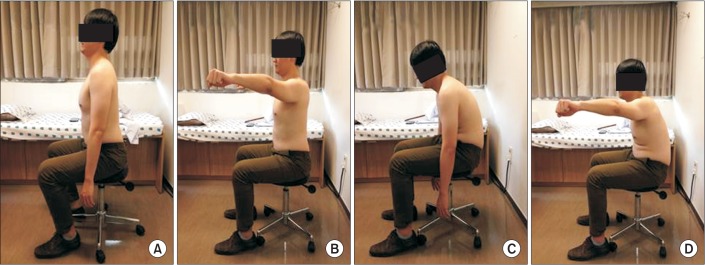
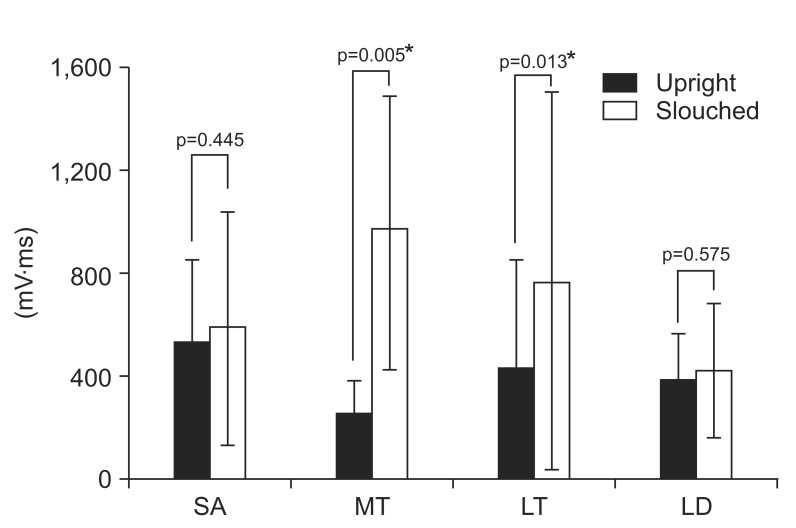
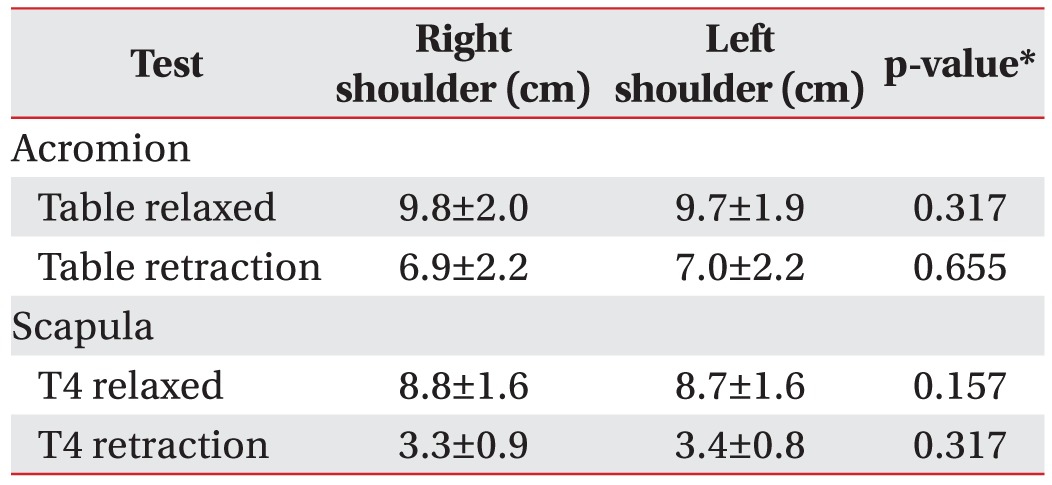




 PDF
PDF ePub
ePub Citation
Citation Print
Print


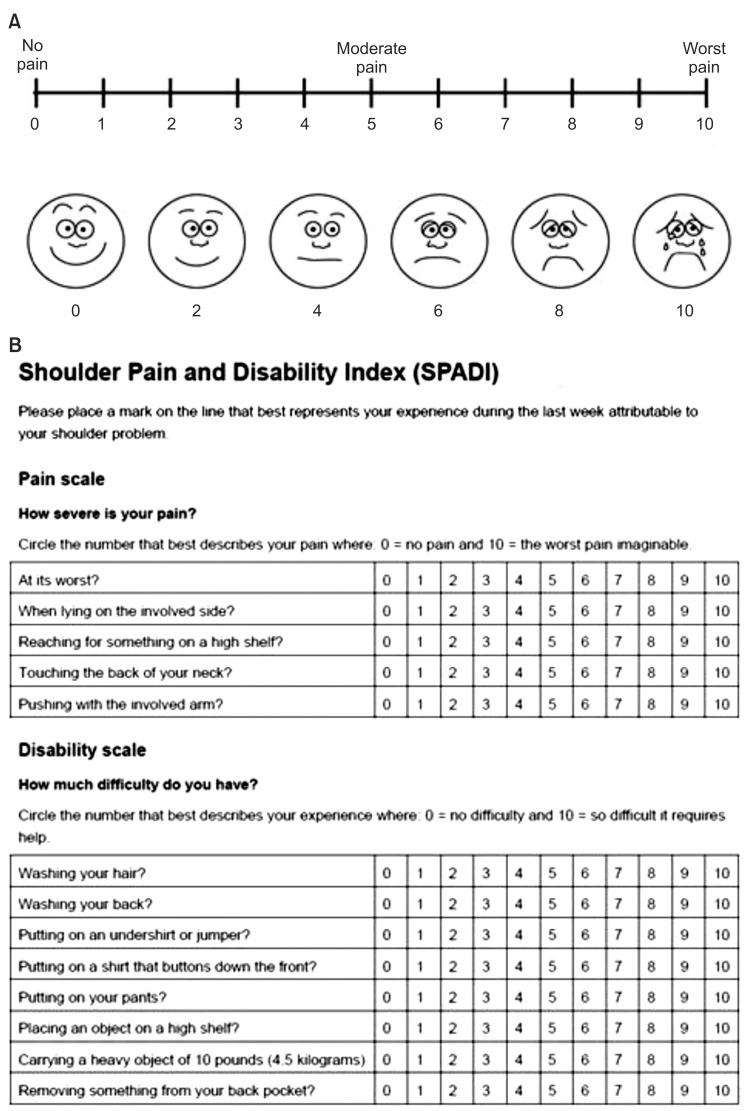
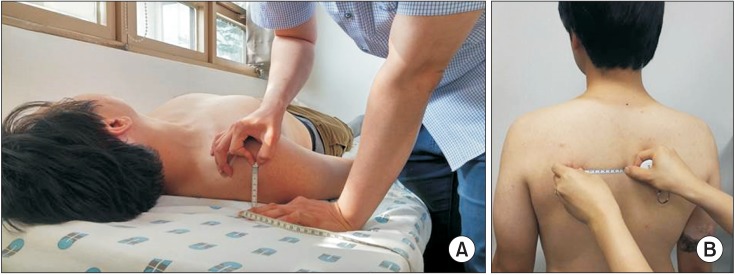
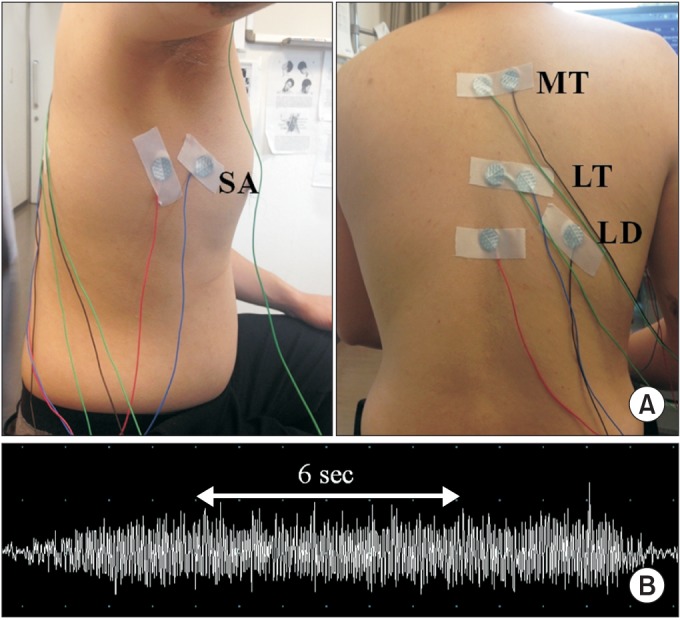
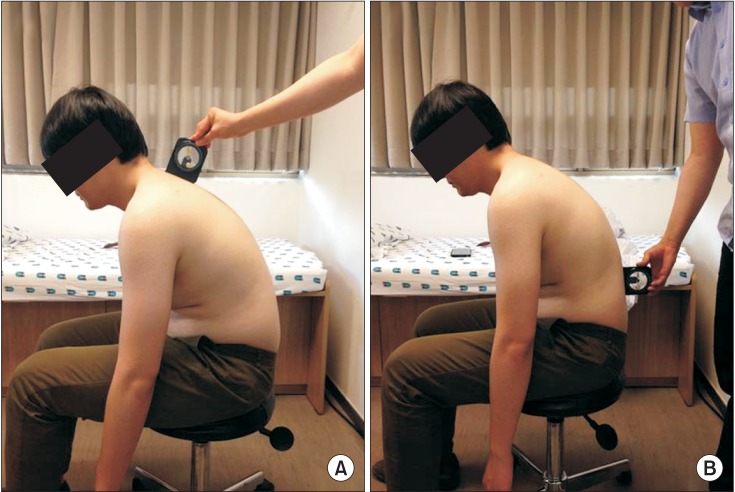
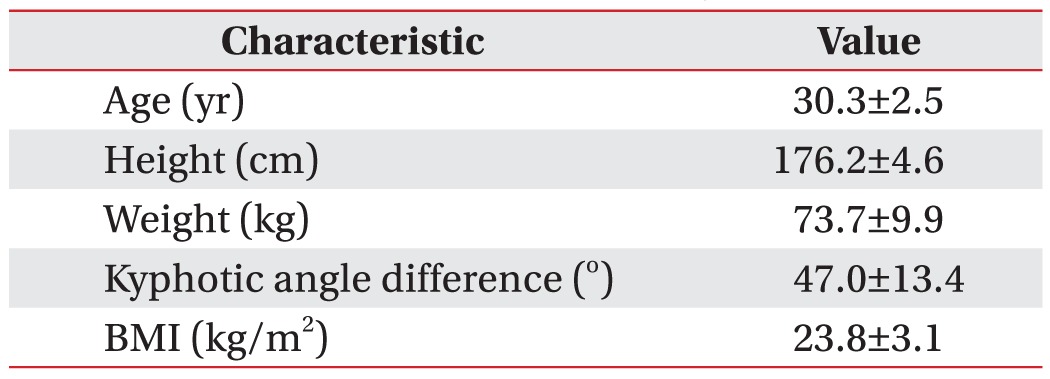

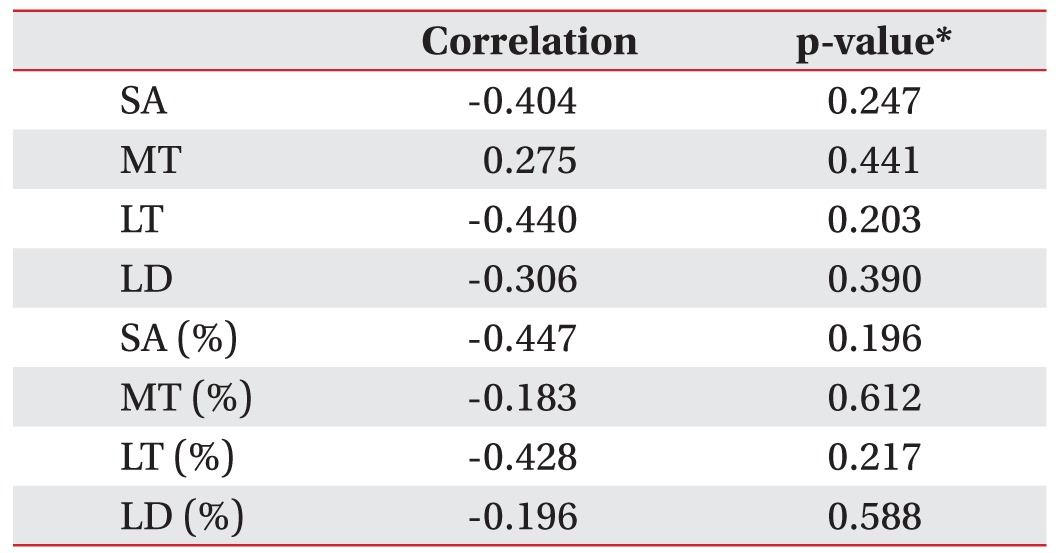
 XML Download
XML Download